TECH TUESDAY: With five races to go in 2021, which circuits will suit Red Bull, and which Mercedes?

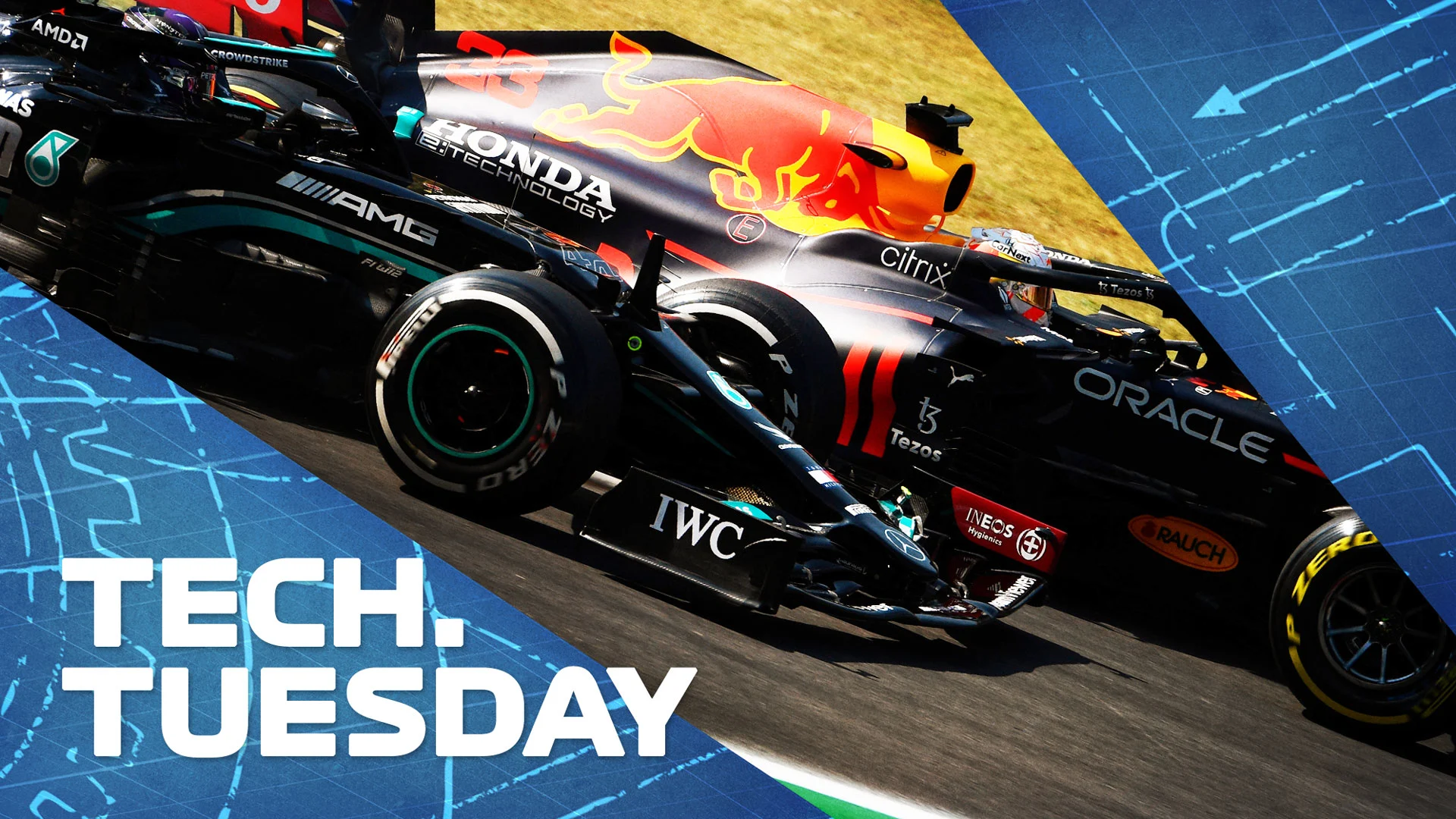
In this week's Tech Tuesday Mark Hughes takes a look at the last five race tracks F1 will visit this season, and assesses which are likely to suit Red Bull's RB16B, and which the Mercedes W12 – and what that might mean for the title battle between Max Verstappen and Lewis Hamilton...
Five races to go and there’s nothing in it. Not only is the points gap between Max Verstappen and Lewis Hamilton small enough that the lead can still swing from one to the other at the next race, but there is nothing about the performance trends of the Red Bull-Honda and the Mercedes suggesting one has a surefire advantage over the other.
It’s usually only been in hindsight that we have been able to understand why one has been quicker than another over a given weekend. But there are at least clues from the races to date and previous years. Let's look at them one by one...
F1 NATION: Rob Smedley joins the podcast crew to preview the Mexican Grand Prix
Mexico City
At over 2,000 metres above sea level, this venue brings unique challenges that have historically worked against Mercedes. The configuration of their turbo has tended to mean it runs hot in the thin air and as a consequence cannot reach its usual boost targets. The boost is a product of both the turbo’s size and its speed. The thinner air allows the turbo to spin faster thereby compressing the air more and theoretically compensating for the lower oxygen content. But if it is limited in how much faster it is able to run because of heat issues – the air has less cooling effect too – then they will be disadvantaged.
The Honda power unit has performed well here historically, with Verstappen setting the fastest time of qualifying last time F1 was here (though he was subsequently penalised three places for a yellow flag infringement).
The thin air means less downforce and drag for everyone – but probably in Red Bull’s favour. Conceptually its high rake gives it a higher downforce ceiling and this is a track where everyone will be running maximum downforce. The low-rake Mercedes concept tends to induce less drag – but this is a track where that advantage will be smaller than at lower altitudes. The cooling issue may mean further aerodynamic compromises for Mercedes in how much it needs to open up the bodywork to keep everything in the necessary temperature window.
Verdict: Red Bull
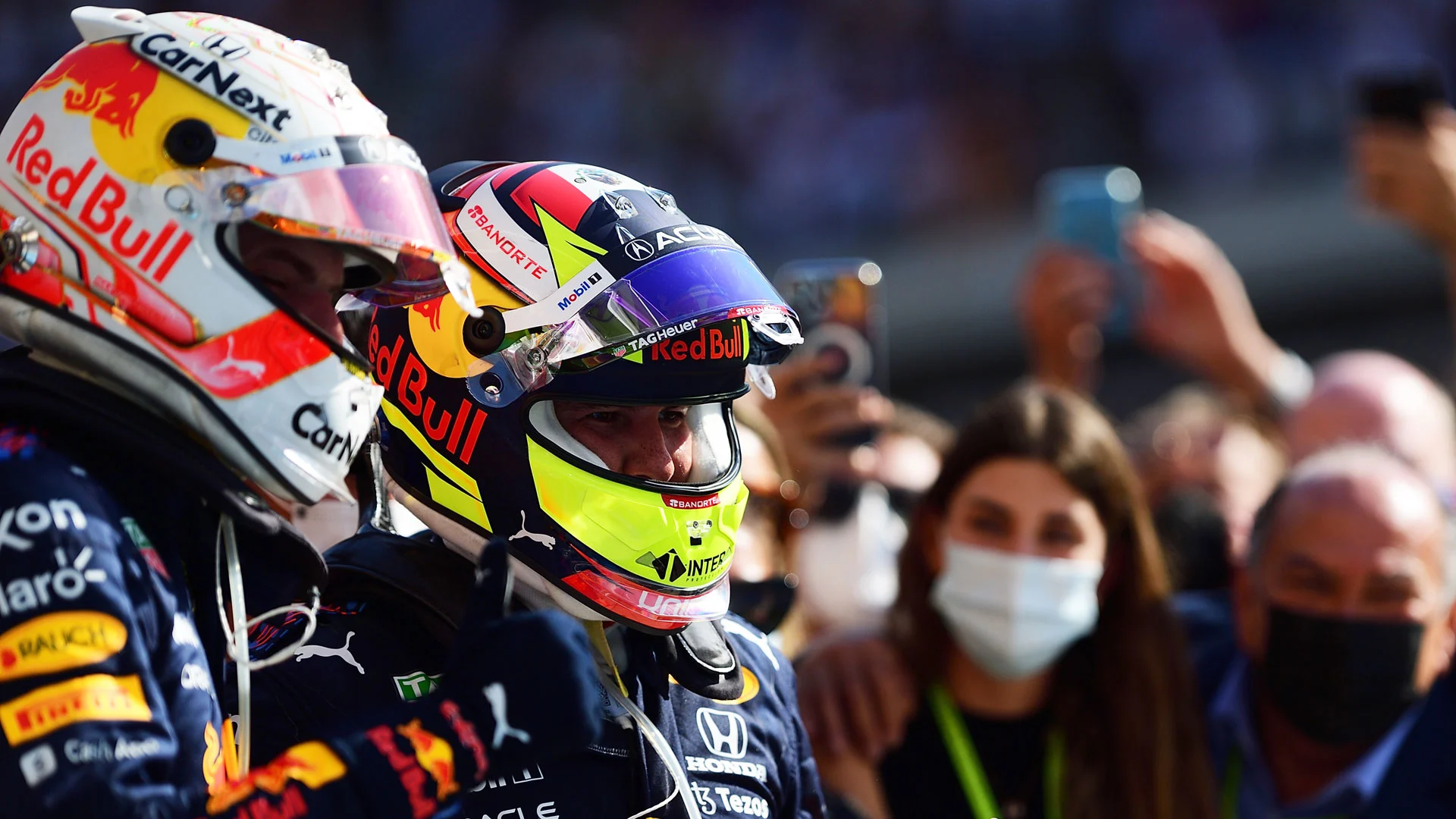
Brazil
Brazil vies with Austria as second-highest altitude track on the calendar, but at 800 metres the effect is nowhere near that of Mexico. Those effects will still figure in the equation, albeit not as strongly.
The Mercedes power unit will be far less compromised than in Mexico and should be at least competitive with the Honda here. In previous seasons, before other engine manufacturers had caught up, Mercedes even retained its power advantage here. The long drag up the hill from Juncao to the beginning of the pit straight is a test of sheer grunt and it will be very interesting to see how the two PUs compare there.
Power struggle: How Honda caught up with Mercedes – and how the Silver Arrows fought back
In terms of drag and downforce, Interlagos is remarkably tolerant of a wide variety of compromise – i.e. much the same lap time can be achieved with very different downforce levels, as the downforce and drag rewards play out differently for much the same overall effect. Only if it rains – which is always a possibility here – does downforce assume overriding importance.
In theory, pre-race and without complications, this venue probably narrowly favours Red Bull. But probably not to the extent where a better set-up or tyre usage couldn’t make the difference.
Verdict: Red Bull (narrowly)
Qatar
As a track brand new to F1, there is no previous history to go on. But the Losail track layout, comprising just two slow corners and a variety of medium-fast, with very little time for the tyres to recover in between, suggests that getting the tyres to work in a balanced way might be more difficult than usual. There’s nothing about the layout which suggests an obvious advantage for the high-downforce Red Bull or the low-drag Mercedes. Tyre performance would seem likely to be the overriding differentiator.
Neither car is definitively better than the other on tyre usage. As recently as Austin, the Red Bull was better able to keep its rears from overheating. But Mercedes won Barcelona – which features a similar challenge to what Losail appears to pose – largely through being better on the tyres at the end of the stints.
In Baku, Red Bull were way better on the tyres – but then that was to be expected given their big rear wing choice and the much skinnier one on the Mercedes. In France, Red Bull were faster at the end of the stints, something which Verstappen exploited to the full.
This track layout has all the hallmarks of a classic undercut/overcut contest between the two cars around the pit stops. But obviously with all manner of potential complications.
Verdict: Equal

Saudi Arabia
An all-new track still in the final stages of completion, the Jeddah circuit features 27 corners, mainly very fast sweeps. There is a lot of flat-out running in top gear by the look of it.
FIRST LOOK: Fastest ever F1 street circuit revealed for Saudi Arabian Grand Prix in Jeddah
That automatically suggests it favouring Mercedes as the rewards of the low-drag concept should really pay back there.
The only complicating factor could be tyre behaviour. The Mercedes has shown – notably at Imola – that it can struggle to get front tyre temperature in qualifying or at the beginning of a stint and the long straight could possibly induce that, as the tyres typically lose a lot of temperature down the straights.
Verdict: Mercedes
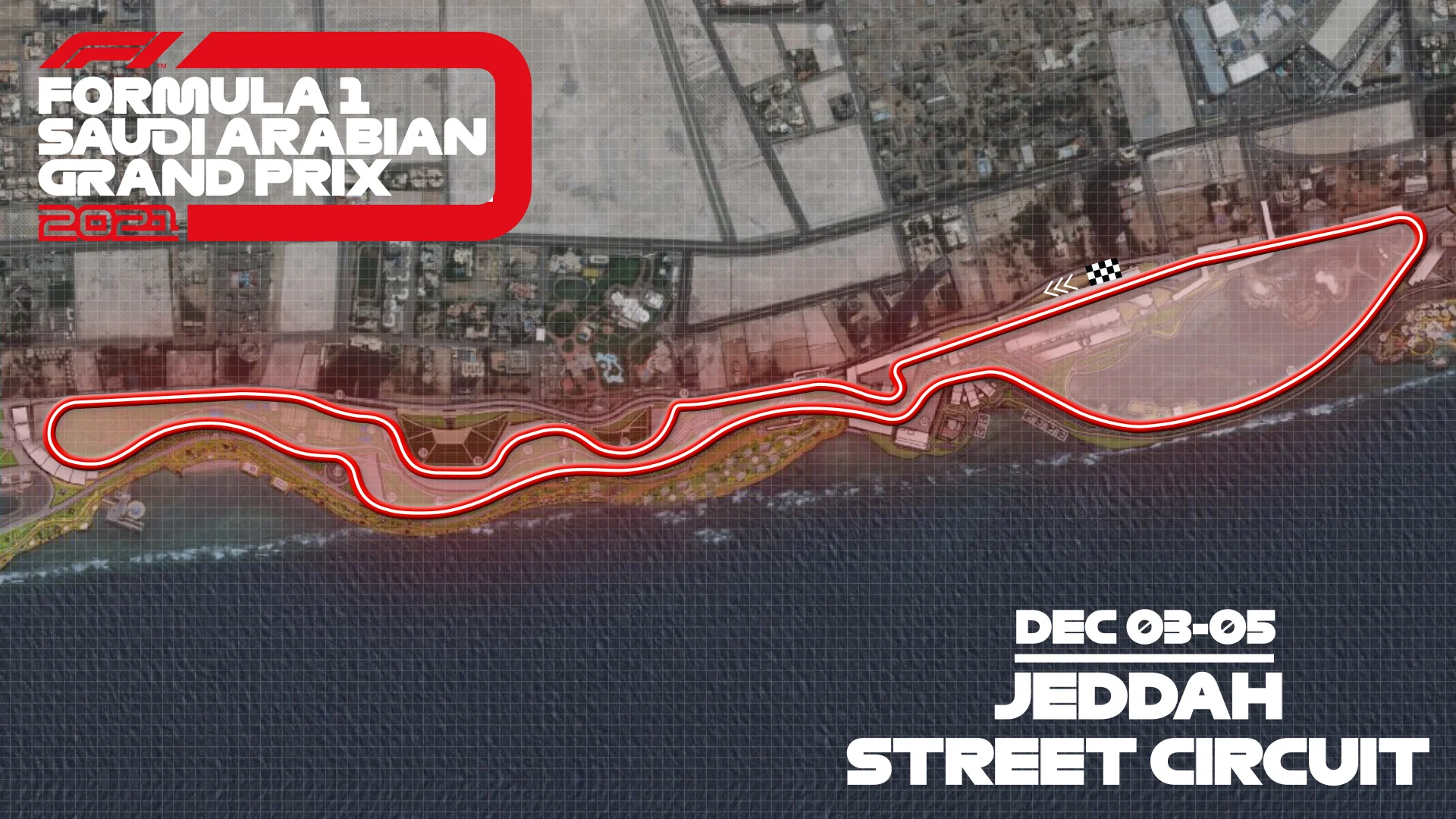
Abu Dhabi
Historically this has been a major Mercedes stronghold, but last year Red Bull and Verstappen turned up and dominated proceedings from pole. Their major strength was in the tight twists and turns of the final sector – and that was with a car, the RB16, which globally was a lot less competitive relative to the Mercedes than its successor, the RB16B.
REVEALED: The track changes aimed at improving overtaking at Abu Dhabi’s Yas Marina Circuit
However, it wasn’t an entirely fair comparison, as the Mercedes were using high-mileage power units – and had already wrapped up both championships – while the Red Bulls had very fresh Hondas.
The layout, with the fast-flowing first and second sections and the tight twists of Sector 3, make it beautifully poised between the two cars. This could be all about who gets the best set-up and the best qualifying lap.
Verdict: Equal
Next Up
Related Articles
 Hadjar details what excites him most about racing for Red Bull
Hadjar details what excites him most about racing for Red Bull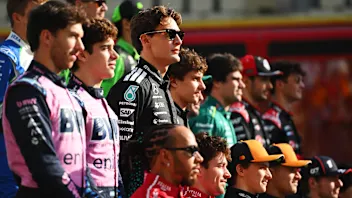 VOTE: Who has the best driver line-up for 2026?
VOTE: Who has the best driver line-up for 2026?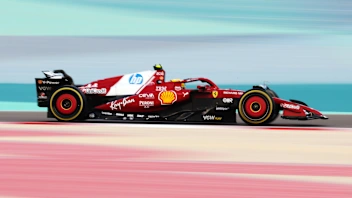 All the key pre-season dates for F1 2026
All the key pre-season dates for F1 2026 Audi run 2026 car on track for the first time
Audi run 2026 car on track for the first time.webp) ExclusiveZhou on why he has ‘high trust’ in Cadillac project
ExclusiveZhou on why he has ‘high trust’ in Cadillac project/TWGMS-F1-Announcement-1298%20(1)%20(1).webp) ExplainedEverything you need to know about Cadillac’s entry to F1
ExplainedEverything you need to know about Cadillac’s entry to F1